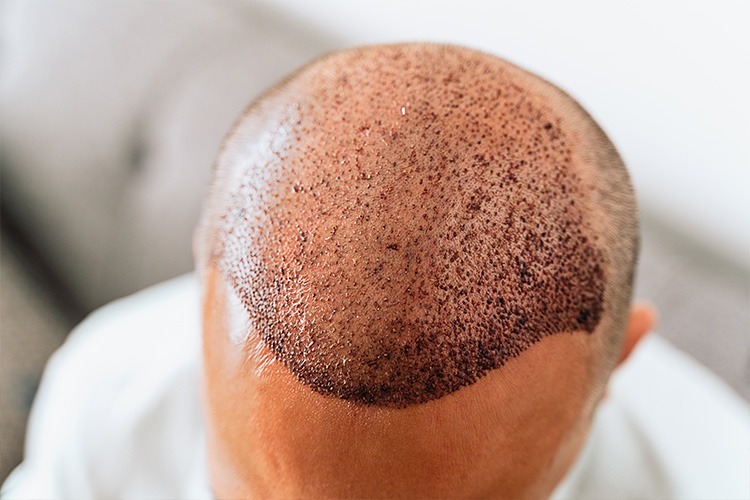- Kartaltepe Mahallesi İncirli Caddesi Limon Çiçeği Sokak No: 1 34145 Bakırköy İstanbul
- +90 541 548 52 47

Hair Transplantation After Burns: Treatment and Process
20/12/2023
Why Is My Hair Falling Out?
16/01/2024Recovering from a hair transplant procedure requires patience and care to ensure optimal results. With proper attention to post-operative care, you can make the recovery process smoother and more comfortable. Here are four essential tips to help facilitate your hair transplant recovery.
- Take a Few Days to Rest: Hair transplant procedures demand precision and can last several hours. Understandably, patients may feel fatigued afterward. It's crucial to heed your body's signals and allow yourself adequate rest. Consider taking a few days off from work or school to focus on recuperation and adapting to your recovery routine.
- Wash Your Hair Carefully: After a few days, your scalp will be ready for gentle washing to manage any scabbing and maintain cleanliness. Follow the instructions provided and carefully massage shampoo into your scalp, rinsing with warm water and patting dry. Your hair restoration office will demonstrate the proper washing technique post-procedure for you to replicate at home.
- Wear a Loose Hat and Avoid Sun Exposure: Protecting your newly transplanted follicles is crucial in the initial weeks following the procedure. Opt for a loose-fitting hat to shield your scalp from potential damage and minimize contact with external surfaces. Additionally, prolonged exposure to sunlight can compromise grafts and hinder healing, so limit sun exposure or wear a hat when outdoors.
- Resist the Urge to Itch or Scratch: Itchiness is a common post-transplant symptom, indicating healing in progress. Despite the temptation, refrain from scratching as it can disrupt the healing process. Ensure the area remains moisturized to alleviate discomfort, and consider using antihistamine medication if recommended by your specialist.
Successfully navigating the recovery phase of a hair transplant requires diligence and adherence to recommended guidelines. By prioritizing rest, gentle care, sun protection, and avoiding scratching, you can optimize the healing process and achieve the desired outcome of your hair restoration journey. Remember to consult with your healthcare provider for personalized advice tailored to your specific needs.




